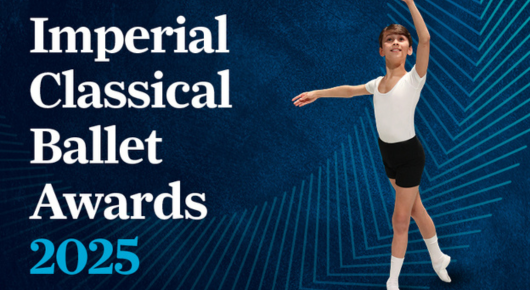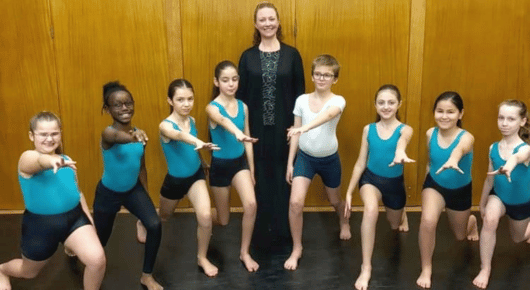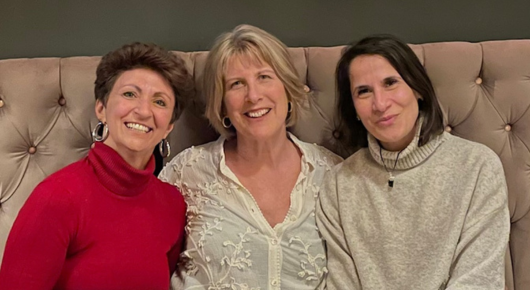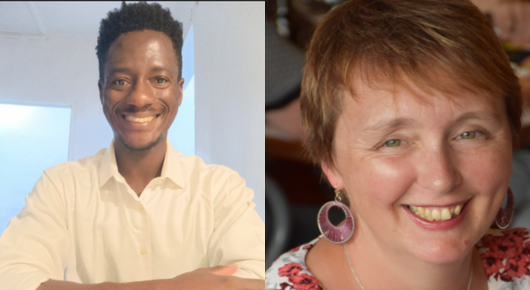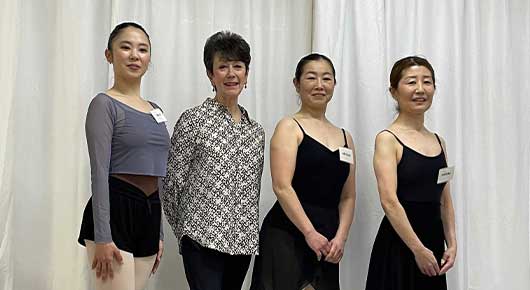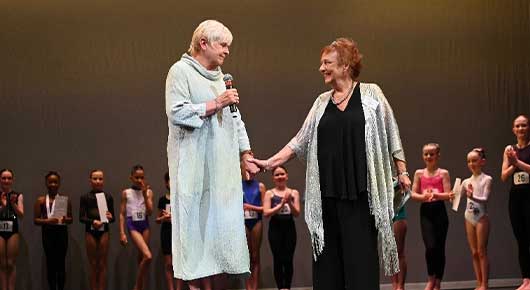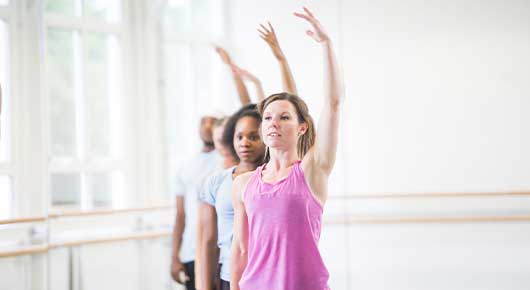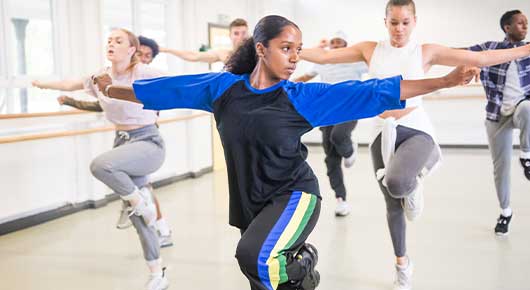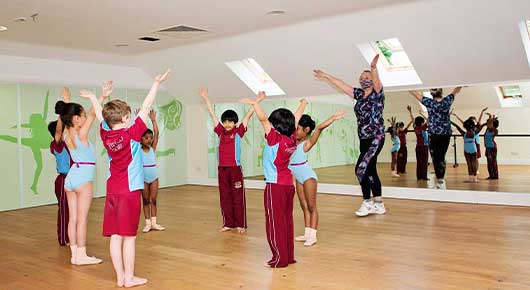21 January 2025
The Cairngorm School of Dance was named as Club of the Month in October by Every Body Moves.
Every Body Moves was developed by ParalympicsGB in partnership with Toyota as part of their commitment to making movement better for everyone.
We caught up with the school owner Heather Cooney, an ISTD member for 23 years, and reflected on her ISTD journey and how she makes dance accessible for all.
What was your journey to teaching dance?
I started at my local dance school at the age of three. My full time training was at Hammond where I got my associated in ballet and modern. I worked as a professional dancer for over ten years, before moving on to gain a masters in Dance Movement Psychotherapy (MSc). When I was studying for my masters, I taught in various ISTD schools. In 2012 I was involved, choreographed and performed at the opening ceremony of the Paralympics. In 2014 I founded Cairngorm School of Dance. By studying Dance Movement Psychotherapy, I saw a wider picture of what dance can do, which broadened my mindset but also demonstrated to me the importance and role of syllabus and structure, and I have carried this forward with my in my teaching.
What has your ISTD journey been?
I gained my associates in ballet and modern whilst at Hammond. I taught for various other ISTD teachers and schools, and it was when I started my own dance school, Cairngorm School of Dance, that I taught syllabus and entered my own pupils for ISTD exams.
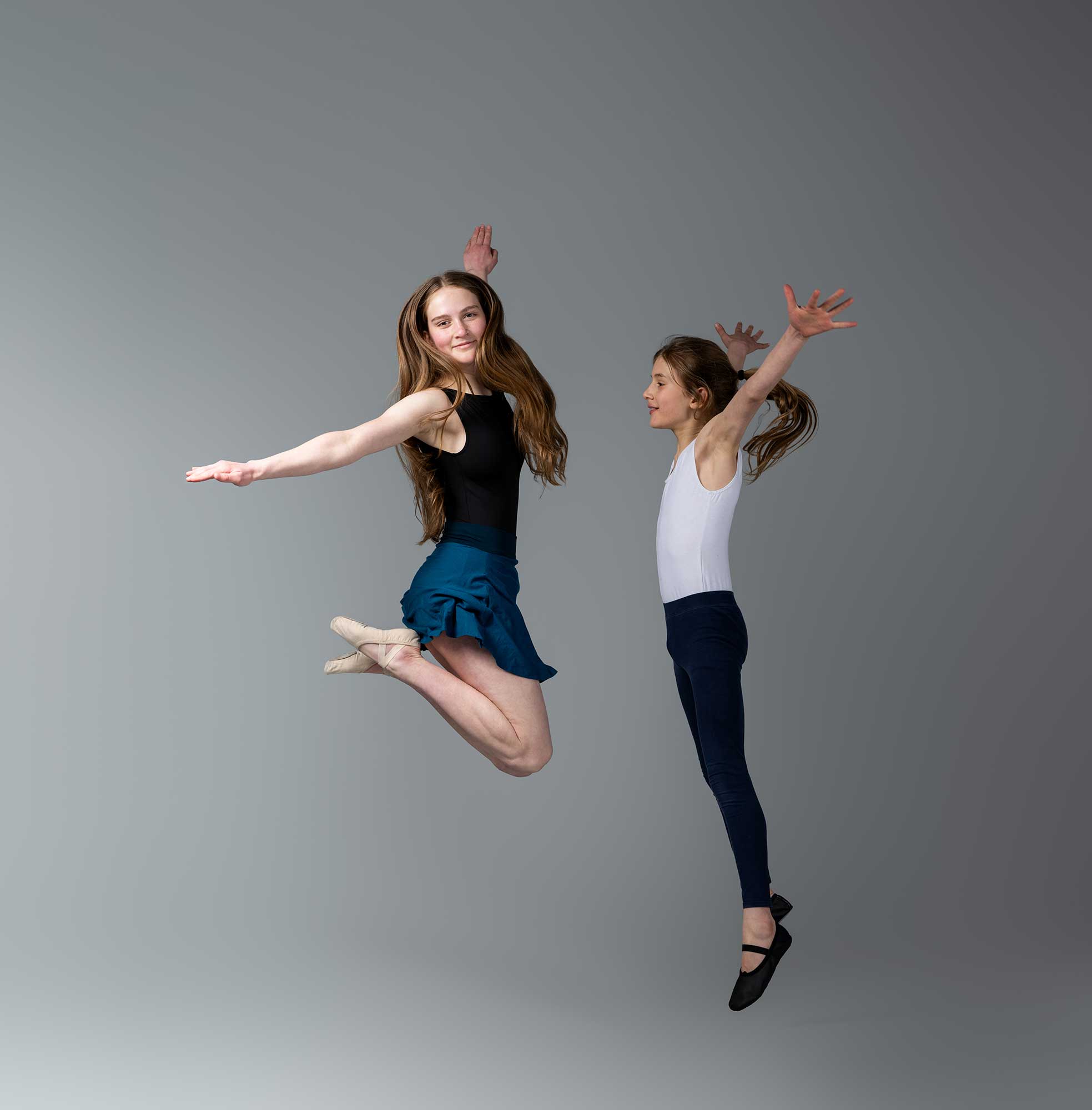
Can you tell us about (current or past) students of yours that have disabilities, and their journey at your dance school?
Living in a very rural area, this has meant that from the foundation of the school I knew that I needed high quality teaching to keep us in line with the standards of the rest of the UK for pupils who wanted to continue dance elsewhere, but also to have the flexibility to provide dance for anyone who wanted to dance.
We have a range of pupils with disabilities within the dance school, from sensory disorders such as autism, hearing impairments, visual impairments, Down Syndrome, cerebral palsy, ADHD, and various physical / muscular impairments. Every pupil is in one of our main timetabled classes, we do not have separate classes for any disability and this has worked amazingly well over the ten years of the school. We aim to meet every need, and sometimes this means one-to-ones but these are always with the aim of getting pupils into our main timetabled classes.
How has your school made itself more inclusive of disabilities? What do you change (if anything) in the classroom?
As a teacher, you are always teaching each individual child so things are adapted as and when needed, but this is the case for children with or without disabilities. I am lucky to have my own studio, where we knew it had good accessibility, and we were able to build the studio around accessibility needs. Good communication with parents is key.
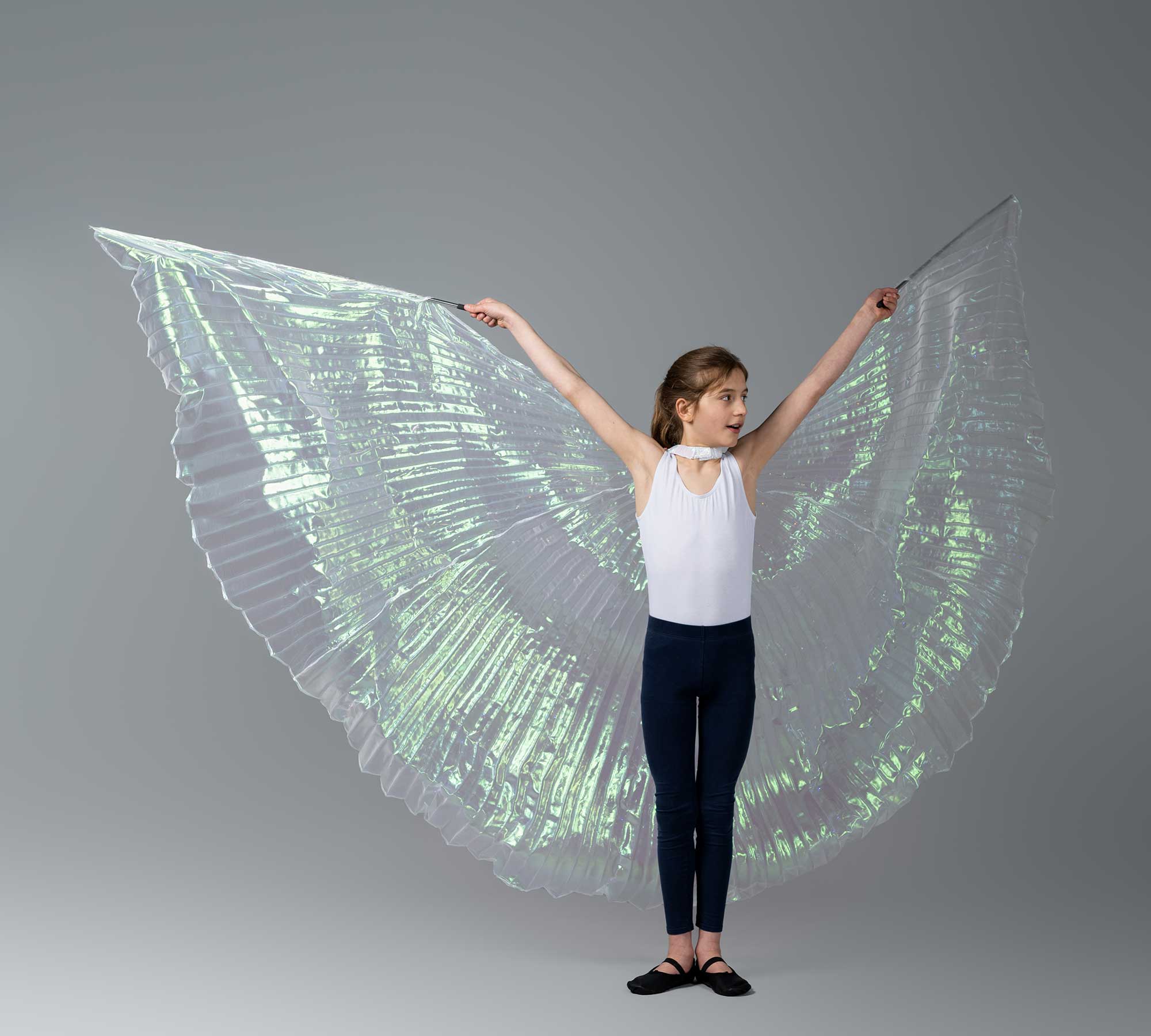
Can you give any tips to teachers who’d like to make their classes more inclusive?
In our timetable, we do have ISTD syllabus classes and other non-syllabus classes, and we feel that each child goes to the class they will best enjoy. The thing I would most like to pass on is to not be scared to welcome pupils with any kind of disability into syllabus classes and or entering them into exams. Because of the nature of syllabus, I have found that pupils tend to thrive in this environment of structure and discipline and progression. With exam results, gaining a set of marks that range across Pass, Mertin and Distinction is a mark of a good teacher and a good school, and pupils who achieve a pass mark will often be just as thrilled and proud as those who achieve a distinction as it is their own personal journey and achievement.
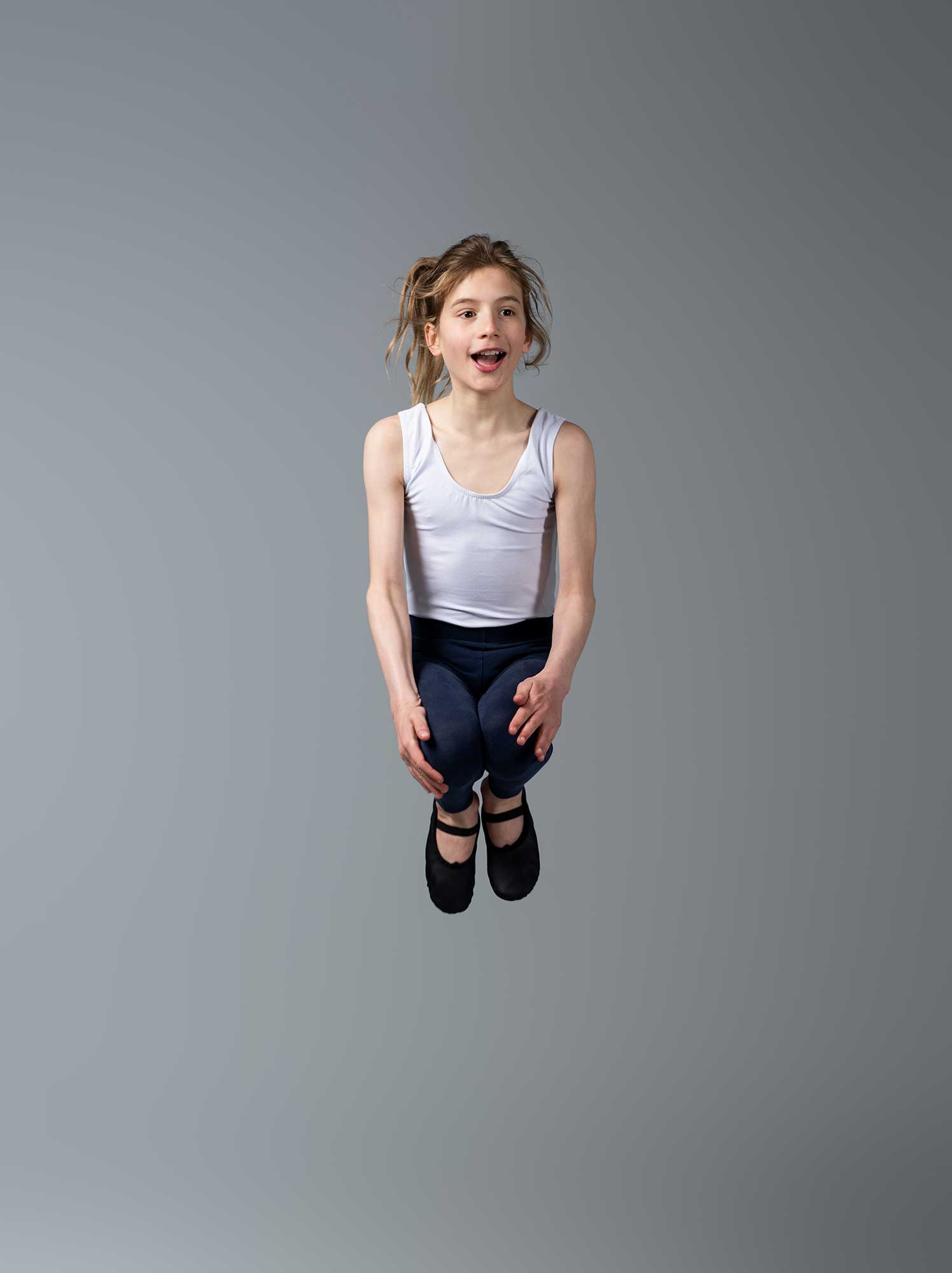
Have you entered students under examinations with Application for Reasonable Adjustments, and if so, what effect did this have for your students?
As said previously, there are lots of pupils who have had additional needs that we have not entered under Application for Reasonable Adjustments, but has just had a quick chat with the examiner about anything that is relevant for them to know, if any.
Recently, we entered a 12 year old boy in for his exam under the Application for Reasonable Adjustments, who has Autism, alongside other needs, and who until recently was non-verbal and unable to be mainstream schooled. He achieved a pass in the exam and found the examiner very supportive and understanding. The exam environment did get the better of him on the day, but the examiner could see the technique and the knowledge. I was questioning whether he was ready for an exam, but he was showing exam ready work and technique in class and wanted to give him the opportunity. Moving forward, I would now enter pupils who I am on the fence about for the certificate of participation first, especially as I did not realise how far in advance the Application for Reasonable Adjustments needs to be entered. However, it was a massive achievement for this pupil as well as the school when he did his exam as he works at the same level as the rest of his class so we all wanted his to follow the same progression and experiences as them.
What does the future look like for Cairngorm School of Dance?
More of the same. We have a well balanced school with exams and shows and we will continue on this trajectory. We still have pupils going onto further dance training and professional careers, whilst still making dance accessible to all ages and all abilities. There is not one direction we want to focus on but rather want to continue having a well-rounded outlook.
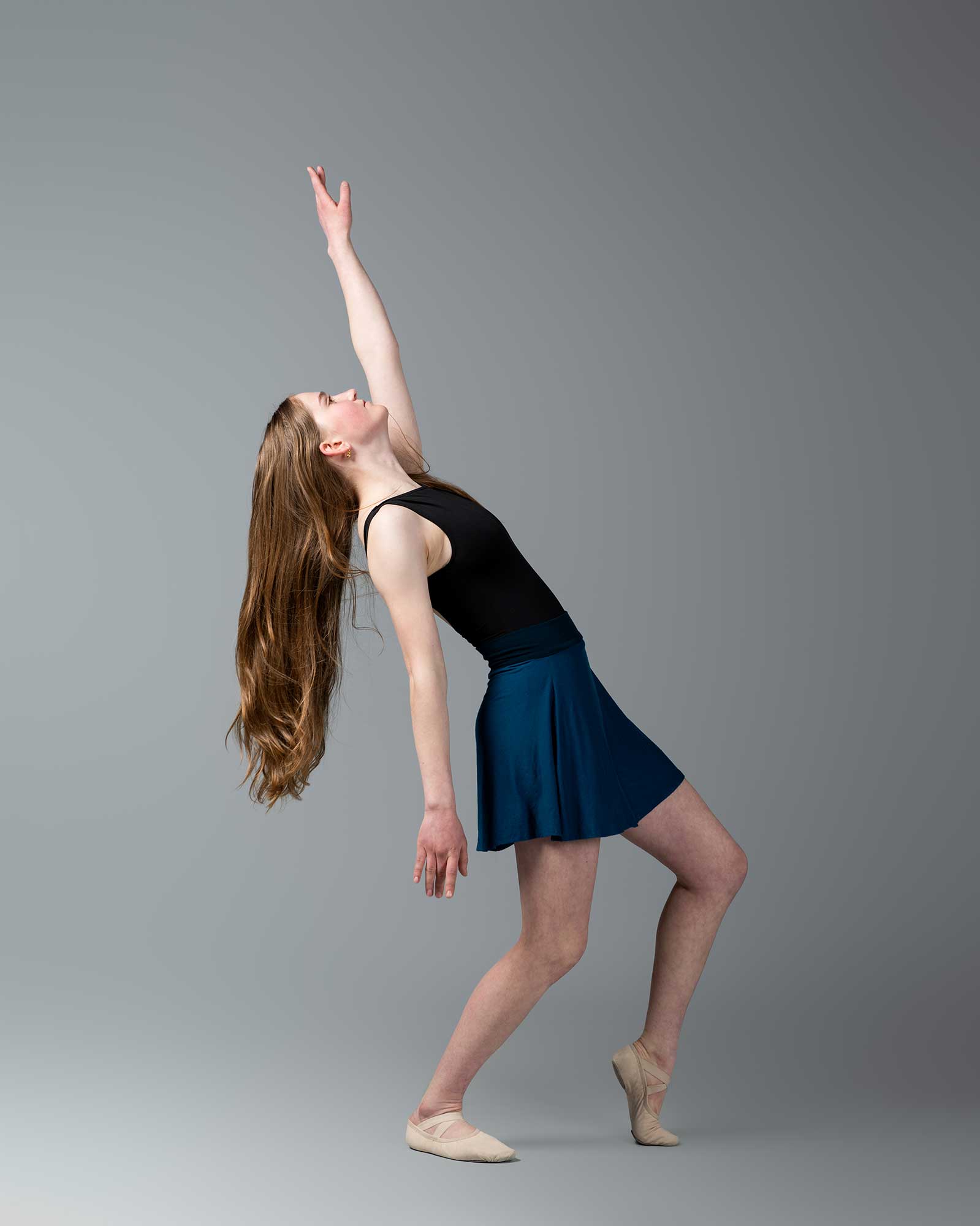
How has membership of the ISTD supported you and your school?
Because of the beauty of syllabus and the structure, and examiners coming to our school, for example we have one pupil who is legally blind in one eye who always taken her ISTD exams, never with any problems and achieving good marks, but we have never addressed this with the examiner or entered her with any need for adjustments because it has not been necessary.
What would you say to any dance teachers thinking about joining the ISTD community?
Even living so remotely, and there being quite a bit of distance between us, I still know them and we are part of a community and support network. The structure of syllabus is great for additional support needs, as well as providing standardised and recognised training. The support in the more localised community is great, with support in exam sessions etc. as well as the connection with further training courses.
